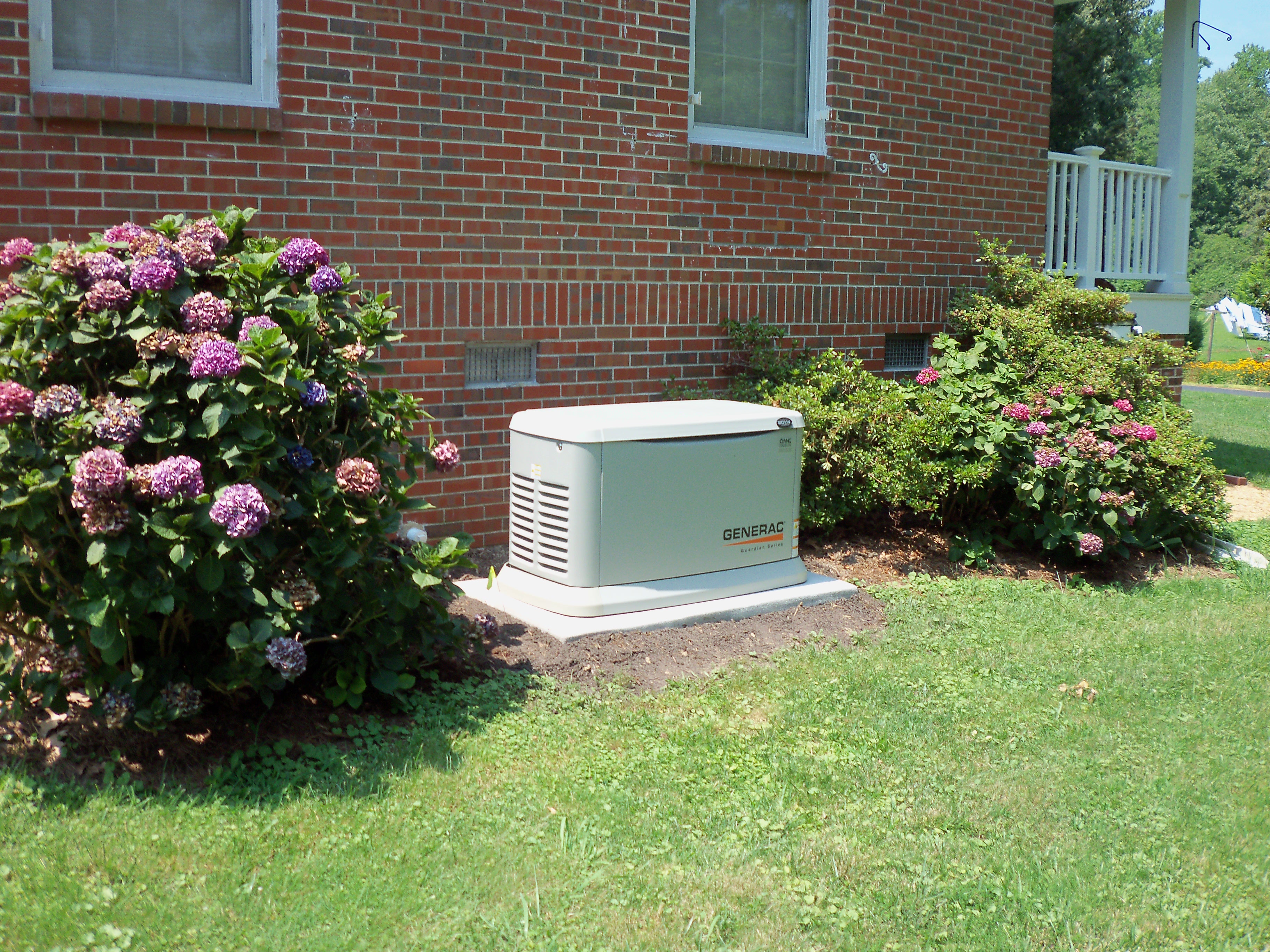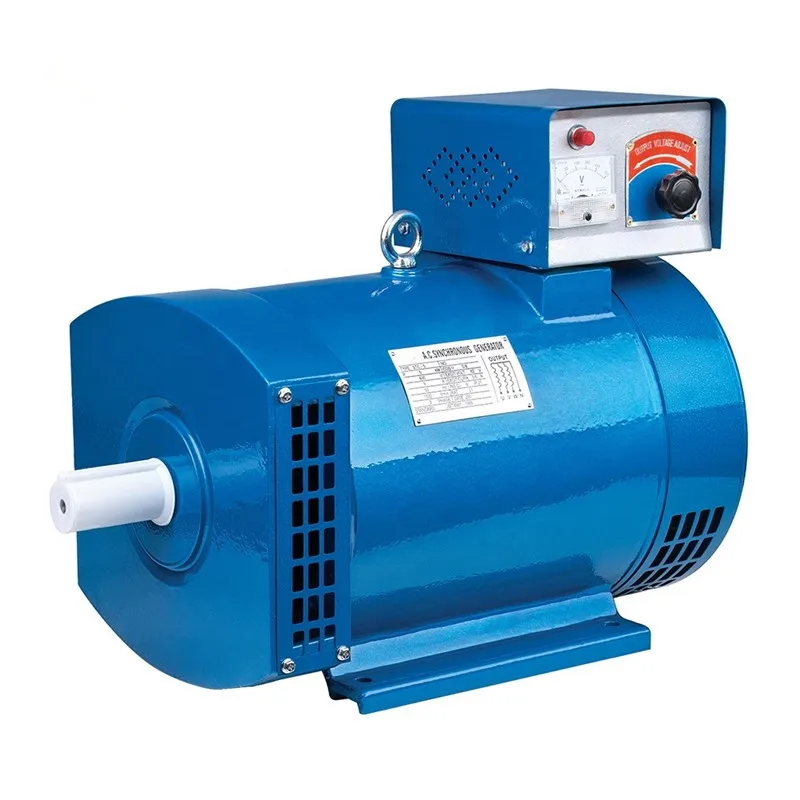Step into the realm of 20 kW electric generators, where power takes center stage. These versatile machines are the epitome of efficiency and reliability, providing a lifeline of electricity for diverse industries and settings. Whether you seek backup power for your home or commercial establishment, or require a reliable energy source for remote locations, 20 kW electric generators are the answer.
Delve into the world of 20 kW electric generators as we explore their types, key features, installation, maintenance, and safety considerations. Discover how these generators can empower your life and business with uninterrupted power.
Overview of 20 kW Electric Generators
20 kW electric generators are powerful machines designed to provide reliable electricity in various applications. They offer a significant power output, making them suitable for a wide range of industries and settings.
Applications of 20 kW Electric Generators
These generators are commonly used in:
- Construction sites for powering tools, lighting, and equipment.
- Industrial facilities for backup power during outages or as a primary power source in remote areas.
- Events and festivals for providing electricity to food stalls, stages, and lighting.
- Residential areas as backup power during emergencies or as a supplemental power source for off-grid homes.
Advantages and Disadvantages
Advantages
- High power output:20 kW generators can power multiple devices and appliances simultaneously.
- Reliable backup:They provide a reliable source of electricity during power outages.
- Versatile:They can be used in various applications, from construction sites to residential areas.
Disadvantages
- Fuel consumption:These generators require fuel to operate, which can be expensive and environmentally impactful.
- Noise:They can generate noise, especially when running at full capacity.
- Maintenance:Regular maintenance is required to ensure optimal performance and longevity.
Types of 20 kW Electric Generators

20 kW electric generators are classified based on their fuel source, each type exhibiting unique operating principles and characteristics. Understanding these differences aids in selecting the most suitable generator for specific applications.
Diesel Generators
Diesel generators utilize diesel fuel as their primary energy source. They are known for their durability, reliability, and extended run times. Diesel generators are ideal for extended power outages, backup power for critical facilities, and remote locations with limited access to other fuel sources.
Gasoline Generators
Gasoline generators are fueled by gasoline and are commonly used in residential and portable applications. They are lightweight, compact, and offer quick startup times. However, gasoline generators have shorter run times and higher operating costs compared to diesel generators.
Natural Gas Generators
Natural gas generators are powered by natural gas and are suitable for continuous operation and standby power applications. They offer low operating costs and reduced emissions compared to diesel and gasoline generators. Natural gas generators are often utilized in commercial and industrial settings where natural gas is readily available.
| Type | Fuel Source | Durability | Run Time | Applications |
|---|---|---|---|---|
| Diesel | Diesel Fuel | High | Extended | Backup Power, Critical Facilities, Remote Locations |
| Gasoline | Gasoline | Moderate | Shorter | Residential, Portable Applications |
| Natural Gas | Natural Gas | High | Continuous | Commercial, Industrial, Standby Power |
Key Features and Specifications

When choosing a 20 kW electric generator, consider key features and specifications to ensure it meets your specific needs. These include power output, voltage, runtime, fuel capacity, noise level, and portability.
Power Output
Power output determines the generator’s capacity to handle electrical loads. Measure power output in kilowatts (kW). Choose a generator with a power output that exceeds your expected electrical load to ensure sufficient power for all connected devices.
Voltage
Generators produce electricity at specific voltages, typically 120V or 240V. Ensure the generator’s voltage matches the voltage requirements of your appliances and equipment.
Runtime
Runtime refers to the duration a generator can operate on a single fuel tank. Consider the runtime based on your intended usage. For extended power outages, choose a generator with a longer runtime.
Fuel Capacity
Fuel capacity determines how long a generator can run before refueling. Choose a fuel capacity that aligns with your expected runtime and usage patterns.
Noise Level
Generators produce noise during operation. Consider the noise level when choosing a generator, especially if it will be used in residential areas or near noise-sensitive environments.
Portability
Portability is crucial if you need to move the generator frequently. Choose a generator with wheels or handles for easy transportation.
Installation and Operation: 20 Kw Electric Generator
Installing and operating a 20 kW electric generator requires careful planning and execution to ensure safety, efficiency, and optimal performance.Site preparation involves selecting a suitable location with adequate ventilation, accessibility, and protection from weather elements. Electrical connections should be made by qualified electricians, ensuring compliance with local codes and standards.
Fuel Handling and Storage
Proper fuel handling and storage are crucial for generator safety. Use only recommended fuel types and store them in approved containers. Keep fuel away from heat sources, ignition points, and children.
Maintenance Procedures, 20 kw electric generator
Regular maintenance is essential for ensuring generator longevity and performance. Follow the manufacturer’s guidelines for oil changes, filter replacements, and other routine inspections. Keep the generator clean, free of debris, and store it properly when not in use.
Maintenance and Troubleshooting

Ensuring the optimal performance and longevity of your 20 kW electric generator requires regular maintenance and prompt troubleshooting. Adhering to a structured maintenance schedule and addressing issues efficiently will maximize the generator’s lifespan and reliability, guaranteeing its readiness when you need it most.
Regular maintenance involves periodic inspections, cleaning, and component replacements. By following the manufacturer’s recommended schedule, you can proactively prevent problems and extend the generator’s life.
Common Problems and Troubleshooting
Despite regular maintenance, occasional issues may arise. Recognizing common problems and knowing how to troubleshoot them can save time and ensure a quick resolution:
- Engine won’t start:Check fuel levels, battery connections, and spark plugs. Ensure the oil level is adequate and that there are no blockages in the fuel system.
- Generator not producing power:Verify that the generator is connected to the load and that the circuit breakers are not tripped. Check the voltage output and ensure it matches the specified range.
- Overheating:Monitor the generator’s temperature gauge and ensure it stays within the normal operating range. Clean the air filter and ensure there is adequate ventilation around the generator.
- Unusual noises or vibrations:Identify the source of the noise or vibration. It could indicate loose components, misalignment, or worn bearings.
- Fuel leaks:Inspect the fuel system for any leaks or damage. Tighten loose connections and replace any damaged components.
Safety Considerations
When using and maintaining a 20 kW electric generator, safety must be paramount. Failure to adhere to proper safety protocols can result in severe consequences, including electrical shocks, carbon monoxide poisoning, and even fire hazards. Understanding these potential risks and implementing appropriate safety measures is crucial to ensure a safe operating environment.
To minimize risks, it is essential to follow these guidelines:
Grounding
- Proper grounding is vital to prevent electrical shocks. Ensure the generator is properly grounded to a metal stake driven into the earth.
- Never operate the generator without proper grounding.
Ventilation
- Carbon monoxide is a deadly gas produced by generators. Always operate the generator in a well-ventilated area, away from enclosed spaces.
- Never use the generator indoors, as carbon monoxide can accumulate and cause poisoning.
Fire Prevention
- Keep the generator away from flammable materials, such as gasoline or propane.
- Never refuel the generator while it is running or hot.
- Always allow the generator to cool down before storing it.
Environmental Impact
Electric generators can have a significant environmental impact, primarily due to their emissions and noise pollution.Emissions: Generators release various pollutants, including carbon monoxide, nitrogen oxides, and particulate matter. Diesel generators generally produce higher emissions compared to gasoline or natural gas generators.
However, advancements in technology have led to cleaner-burning generators with reduced emissions.Noise Pollution: Generators can generate significant noise, especially larger models. Noise levels vary depending on the generator’s size, type, and load. Prolonged exposure to high noise levels can have adverse effects on human health.
Mitigation Strategies
Mitigating the environmental impact of generator use involves adopting best practices and implementing appropriate technologies.
1. Choose Fuel-Efficient Generators
Opt for generators with higher fuel efficiency to minimize emissions and operating costs.
2. Use Clean Fuels
Natural gas generators produce fewer emissions than diesel or gasoline generators. Consider using renewable fuels like biodiesel or ethanol to further reduce environmental impact.
3. Install Emission Control Devices
Equip generators with catalytic converters or particulate filters to reduce harmful emissions.
4. Minimize Noise Pollution
Position generators away from sensitive areas and use noise-dampening enclosures or baffles to reduce noise levels.
5. Regular Maintenance
Properly maintain generators to ensure efficient operation and minimize emissions. Regularly change oil, filters, and spark plugs to keep the generator running optimally.
Epilogue
As we conclude our exploration of 20 kW electric generators, it’s evident that these machines are more than just power sources; they are enablers of progress and productivity. Their versatility, efficiency, and reliability make them indispensable tools for a wide range of applications.
By embracing the power of 20 kW electric generators, you unlock the potential to illuminate your world and drive your success.
Q&A
What are the common applications of 20 kW electric generators?
20 kW electric generators are widely used in homes, businesses, construction sites, and remote areas for backup power, primary power, and event power.
What fuel sources are available for 20 kW electric generators?
20 kW electric generators can be powered by diesel, gasoline, natural gas, or propane, providing flexibility in fuel choice.
How do I choose the right 20 kW electric generator for my needs?
Consider factors such as power output, voltage, runtime, fuel capacity, noise level, and portability to determine the generator that best meets your specific requirements.